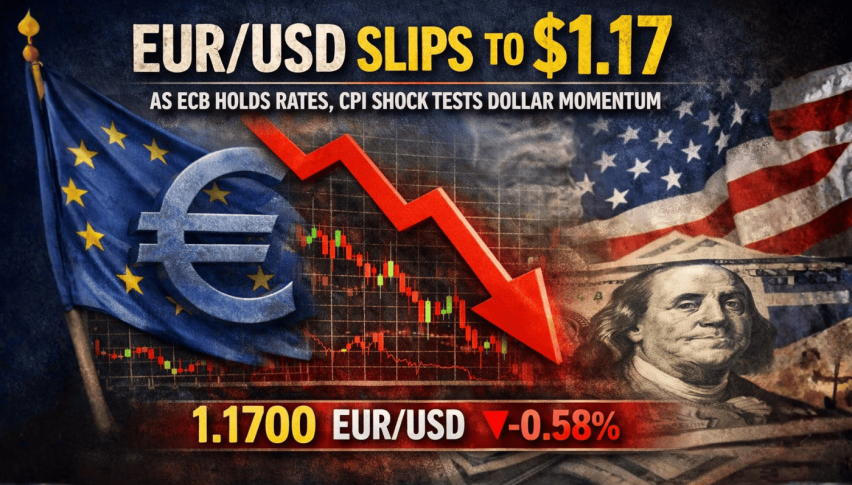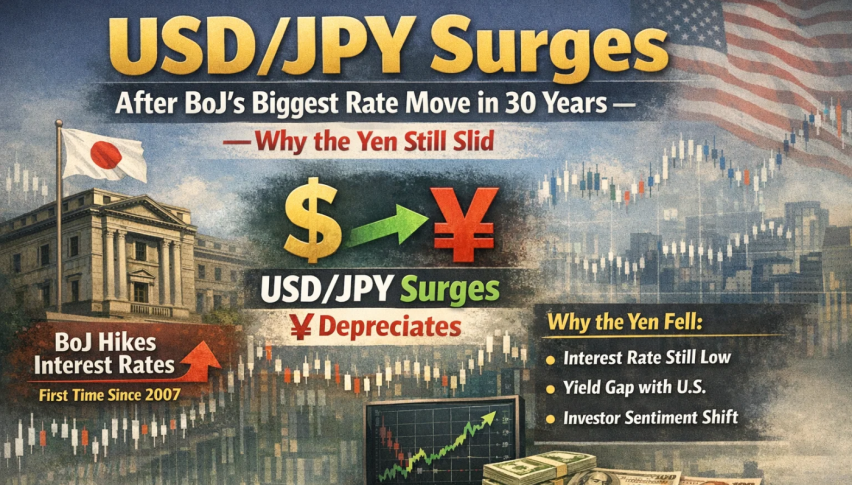FXML’s Monthly Signals Analysis – August 2014
Hello September, goodbye August. The holidays are over and we're back to work in full force. August is usually a quiet month because many institutional and retail traders are on holiday, but it might also be volatile because of the low liquidity. This year though, we haven't seen much volatility and uncertainty during August, instead we've seen clear trends in majors and the movements have been quite reasonable, with slightly bigger daily ranges than June and July. The US dollar has been the biggest winner this August, posting reputable gains on all majors. We gained about 300 pips against Euro, 350 pips against GBP, 270 pips against Japanese Yen from bottom to top and around 150 pips against Swiss Franc.
We made the best of this opportunity and bought the USD against most pairs, especially during the second half of August. Most of our losing trades have been short USD during the first half of the month, when we tried to pick bottoms. But we learned the lesson and instead of trying to predict reversals, we just followed the trend on the second half of the month which increased our profits significantly. We issued 88 signals in August, 67 of which have resulted in profit and 21 have hit stop loss, giving us a 76%/24% win/loss ratio. In total we made about 300 pips this month with the signals we provided, which is definitely something to be proud of. As we promised, we stuck to the majors with 25 signals on GBP/USD, 22 signals on EUR/USD and 11 on USD/JPY. The rest have been on AUD/USD, USD/CHF, USD/CAD, EUR/CHF, NZD/USD and EUR/GBP.
The main financial topic discussed in August was the pickup in the US economy. While in the past months the expansion has been gradual, in August we saw a steep increase in the economic activity across all sectors. The home sales, manufacturing indexes, manufacturing PMI, consumer confidence, retail sales, unemployment claims, unemployment rates etc. all have exceeded expectations with GDP the most surprising. There was also an increase in the inflation which changed the tone of the FED in the statements and of FED chairwoman Yellen in the conferences, giving the market the idea of a sooner than expected rate hike and the end of monetary easing policy. Apart from the good news from USA, the escalation of the conflict in Ukraine also helped in keeping the USD bid.
The Forex trading strategy that we found most useful during August was to sell/buy on retracements in the direction of the trend. As we explain in the strategy section of our website under “Trend Trading Strategy”, this strategy can be very profitable and demands low risk. We know that one of the most common mistakes that new traders make is chasing the price. With this strategy we wait for the price to come to us, instead of jumping into a trade in the middle of nowhere where the potential profit is limited and the stop loss is much stretched. Once a trend is established, as we'll see below in the EUR/USD and GBP/USD analyses, we wait for the price to retrace to certain levels and only then we take the trade/issue the signal. The support and resistance levels, moving averages and Fibonacci are really good indicators for finding good entry points on retracements. We like to use the candlestick formations as well, as confirmation that a retracement is done. The RSI and Stochastics were also a useful tool for us during August, pointing out oversold and overbought levels.
GBP/USD and EUR/USD are the two pairs which gave us the most signals in August so I'd like to explain in more detail the trading decisions involving these two pairs and how the trading signals came to be.
GBP/USD started forming a downtrend in the middle of July breaking the year long trend line. After going up too much for too long we, and the market apparently, assumed that a retrace was due on the long term so the downtrend starting in July would continue during August and so it did. It's been pretty straight forward on the daily chart with RSI and Stochastichs staying in the oversold territory during the whole month without a chance to have a peek above it. In strong downtrends, the smaller moving averages provide resistance on retraces, but on this occasion the price didn't even touch the 20 exponential MA. So we used the 4 hour chart to spot retraces and provided the signals based on that.
As we can see on the H4 chart mostly the 20 MA and to a lesser extent the 50 MA have been providing resistance on retraces where we have taken shorts. The Stochastichs touch overbought levels at the same time and that's confirmation that the retrace is over. The down movement on this pair has been mostly technical because the UK economy has been doing pretty well lately, same as in the US. We made 185 pips on this pair alone during August so it's been the most profitable pair by far.

GBP/USD daily chart – downtrend started in mid-July, putting an end to the long uptrend, and continued all throughout August.

GBP/USD 4 hour chart – this chart helped us distinguish the beginnings and ends of retraces using the 20 MA and the 50 MA.
While the down move in GBP/USD is mainly technical, the decline in EUR/USD has been purely based on fundamentals. As we mentioned above, the conflict in Ukraine has played its role in undermining the Euro. But the main reason for this has been the deterioration in the Euro zone. The good data has been scarce and we have had many negative economic data pieces, one after another. The unemployment remains high, especially in the periphery countries, consumer sentiment is down and the inflation remains around 0.3% from 0.5% expected. Even Germany which is the best performing country and the motor of Europe has seen the inflation drop recently.
This puts pressure on the ECB to start easing further via different “conventional measures”, as they call it. So the decline in EUR/USD comes as no big surprise. On the daily chart we had some consolidation for a few days until the 20 MA caught up with the price and the downtrend resumed again. We used the 100, 50 and 20 simple MAs on the H4 chart to provide sell signals on this pair, along with Stochastics.

EUR/USD daily chart – we had some consolidation up until the 20 MA caught up with the price and the downtrend continued.

EUR/USD 4 hour chart – the 100, 50 and 20 MAs were used to spot short opportunities. Stochastics were also very helpful.
Further Reading
Check out our Forex Trading Strategies channel
You can also read the basics of How to Use Our Forex Signals
Or learn How to Start – Choose the Best Forex Broker
- Check out our free forex signals
- Follow the top economic events on FX Leaders economic calendar
- Trade better, discover more Forex Trading Strategies
- Open a FREE Trading Account


